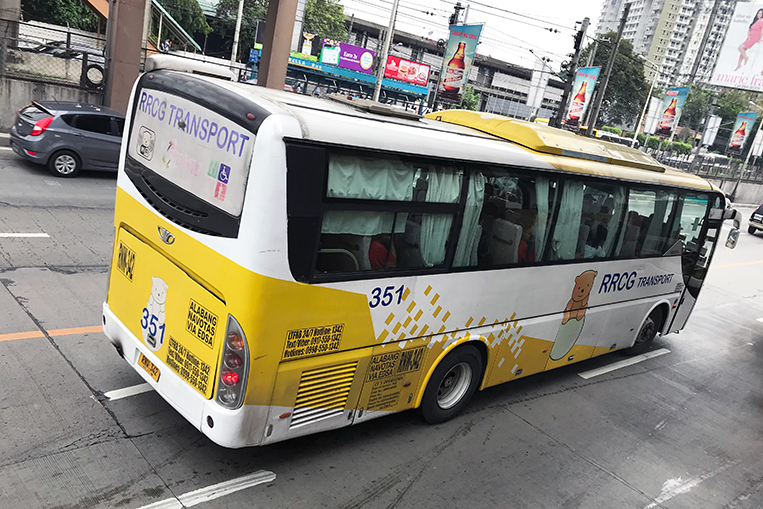
As Metro Manila strains under the burgeoning weight of traffic, our officials are looking for different ways to solve the problem. Recently, the Metropolitan Manila Development Authority adopted a resolution banning provincial buses from EDSA during the busiest hours of the day. While commuters traveling to Metro Manila on provincial buses will no doubt be affected negatively, the MMDA claims this move will reduce congestion and improve mobility on EDSA.
Still, even if a few thousand or so provincial buses avoid EDSA every day due to the MMDA’s new rule, it’s doubtful that there will be a significant impact on congestion. EDSA alone plays host to 300,000 or so cars daily—the sheer volume of cars alone grinds the city to a halt when they all come together. Even without the provincial buses, there is plenty of congestion caused by city buses behaving badly—driving dangerously, loading and unloading where they shouldn’t, and blocking and preventing other vehicles (especially other buses) from passing them while they are loading passengers. Historically, government has dealt with those issues by trying to ban more buses from more roads and at more times, which maybe works in some respects (as long as you’re not one of those poor folks on the bus). If you’re a bus commuter whose trip is affected by a bus ban, you’ll probably see a harsh commute get even worse. How’s that for change?
So, what’s the best way to fix the problem of buses? What if I told you that there was a fix that required no infrastructure and could be done overnight? You’d probably tell me it’s never that simple—and you’d be right. I’d also tell you that this is the most important fix to public transport we can make, and we must make it now. Read on.
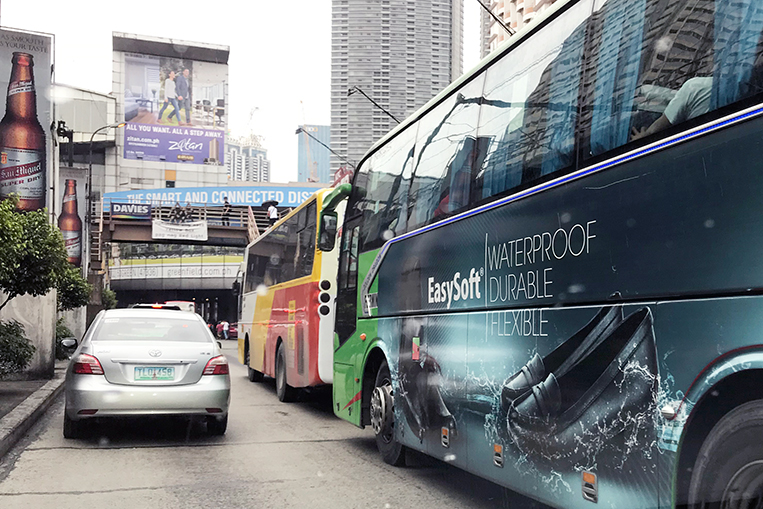
Most city buses run on a quota system of compensation for onboard staff like drivers and conductors. Staff members are paid a low base rate that drastically escalates if they are able to meet a quota of passengers for the day. For a driver or a conductor, this means the difference between earning near-minimum wage and taking home upwards of P40,000 a month. That creates a strong incentive for drivers to load passengers as often as possible, even in illegal locations, and to prevent other buses from taking passengers that would otherwise get on their vehicle. Often, this results in absurd jams where a handful of buses hold up hundreds of vehicles behind them, with clear roads ahead.
It isn’t just buses that behave this way. The majority of jeepneys and taxicabs in the Philippines work on a similar scheme known as the boundary system. Under the boundary system, drivers must rent the vehicle from owners or operators by paying the “boundary” fee. The driver must also shoulder the costs of fuel and light maintenance, and he collects all the revenue from fares. In addition, the driver bears the risk of paying “informal fees” (aka bribes for traffic officers) to keep working. What this means is that not only do many jeepney drivers use their vehicles in the same erratic, unpredictable way as bus drivers do, they also are even more incentivized to skimp on maintenance, since this directly affects their take-home pay.
The quota system creates a strong incentive for drivers to load passengers as often as possible, even in illegal locations, and to prevent other buses from taking these passengers
In the system we’ve set up for public-utility vehicle drivers, we have asked them to make a difficult choice: drive dangerously or let their families starve. It is plain and obvious cruelty to make anyone choose between the two, yet we force our PUV drivers to do that every day. Passengers, on the other hand, have no choice but to respond—patronize this brutish system which gives them poor service, or not make it to work, school or home after a hard day. Again, an awful predicament.
Many people who observe PUVs in the Philippines will lament that they reflect an innate failing in the character of our people. They point to more developed cities like London and Hong Kong, and wonder why bus drivers and passengers there don’t behave the same way. The explanation is simple: The insane incentives of the quota and boundary systems do not exist in those places. They’ve set up systems where the driver’s incentives are aligned—as opposed to being in conflict—with public welfare and safety. Even in developed cities where the private sector earns the farebox revenue, they do not compensate drivers directly for ridership on their vehicle because it’s a sure path to congestion, pollution, crashes and misery.
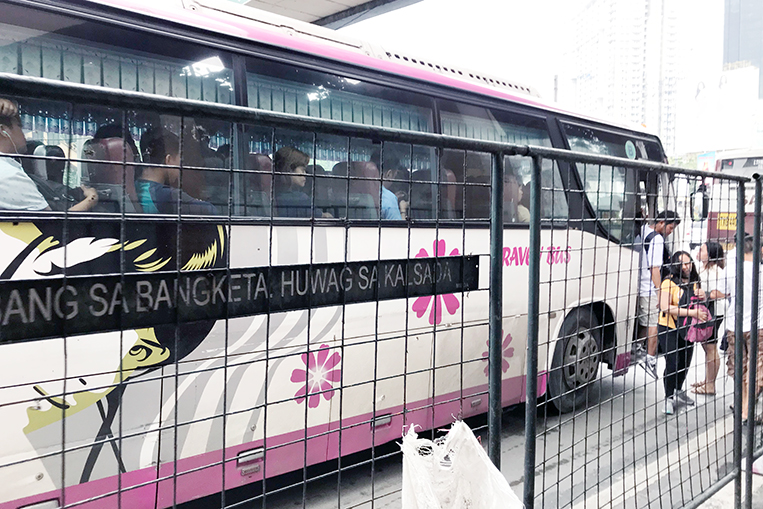
Despite what we know about quota and boundary systems, they’ve been in place for decades in the Philippines. In fact, as far back as 1956, our own Supreme Court ruled that the boundary system constituted an employer-employee relationship that was subject to relevant laws and regulations. How, then, do we undo these systems? The easiest place to start is by undoing the rules and regulations that hold the systems together. It seems unbelievable that the government is unwittingly complicit in this, but there are many rules that actually reinforce these harmful, exploitative structures.
One of the issuances that form the legal foundation of the boundary system is the Department of Labor and Employment’s Memorandum Circular 118-12 in 2012, “Rules and Regulations Governing the Employment and Working Conditions of Drivers and Conductors in the Public-Utility Bus Transport Industry.” DOLE MC 118-12 allows for PUB staff to be compensated based on ridership, as written below:
RULE III – COMPENSATION
Section 1. Fixed and Performance-Based Compensation Scheme. Bus owners and/or operators shall adopt a mutually-agreed-upon “part-fixed, part-performance” based compensation scheme for their bus drivers and conductors.
Section 2. Method of Determining Compensation. Bus owners and/or operators, in consultation with their drivers and conductors, shall determine the following:
a. The fixed component shall be based on an amount mutually agreed upon by the owner/operator and the driver/conductor, which shall take into account minimum ridership requirement and in no case be lower than the applicable minimum wage for work during normal hours/days. They shall also be entitled to wage-related benefits such as overtime pay, premium pay and holiday pay, among others.
b. The performance-based component shall be based on safety performance and business performance such as ridership, revenues/profitability and other related parameters.
To fix the arrangement, DOLE and/or LTFRB must use their powers to make the following rules:
1. Abolish the relevant portions of DOLE MC 118-12. Not all of the circular is bad. It is good that the circular highlights the importance of rewarding safe driving, and that drivers should enjoy the protections of legal employment. The parts that allow compensation of onboard staff based on ridership, however, should be struck.
2. Make it illegal to compensate onboard staff of buses and jeepneys based on vehicle ridership. This should be made explicit, for the avoidance of doubt. No driver or conductor of a PUV should have their pay be dependent on the ridership of their vehicle. The pay of such staff should instead be dependent on safe driving and customer satisfaction.
(It’s important to note that this is more crucial for buses and jeepneys. A boundary system for taxis seems less harmful to the general public, but there are definitely taxi-specific issues that have to be solved as well. We’ll discuss taxis in another piece.)
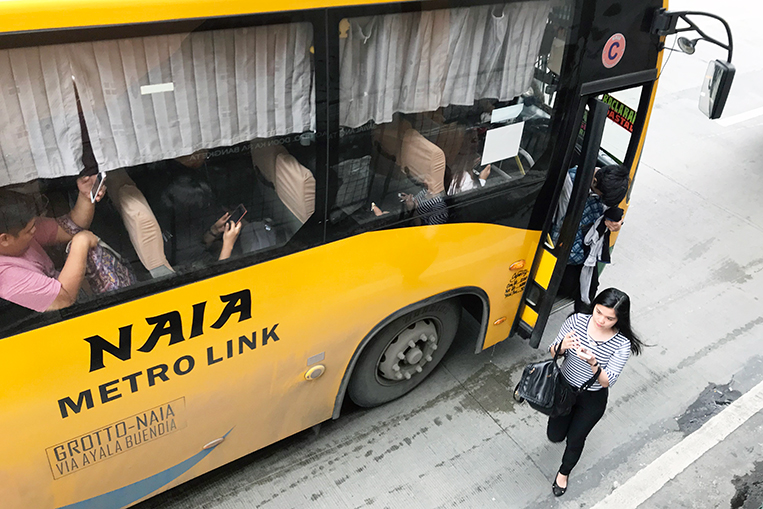
Both of these things can be achieved with a single issuance or coordinated issuances by DOLE and LTFRB. This will not give us a perfect bus and jeepney system overnight. But at the very least, this will force operators to reach new arrangements with their staff. Some progressive operators already pay their staff fixed salaries with bonuses for safety. The rest of the industry should be made to follow suit.
Next time you’re in a traffic jam, I urge you to try not to judge PUV drivers and the passengers who are forced to respond to their actions. It’s not always easy, but it’s helpful to have a little empathy and understand the situation they’re in, and how the government should correct it. The LTFRB has shown zeal in cracking down on transport network companies and illegal carpooling. I hope they can show the same determination to undo the exploitative quota and boundary systems.
Traffic congestion seems like an intractable problem, but many cities have found creative ways to make dents in gridlock. Places like Seville in Spain and London in the UK have embraced cycling and have seen cycling skyrocket after building better infrastructure. Singapore and other cities use road pricing to keep vehicles moving even during the busiest hours. Many approaches are possible, but sometimes there are situations where only one fix exists. If we are to have better public transport, there is no way around dealing with the quota and boundary systems. They have to go.

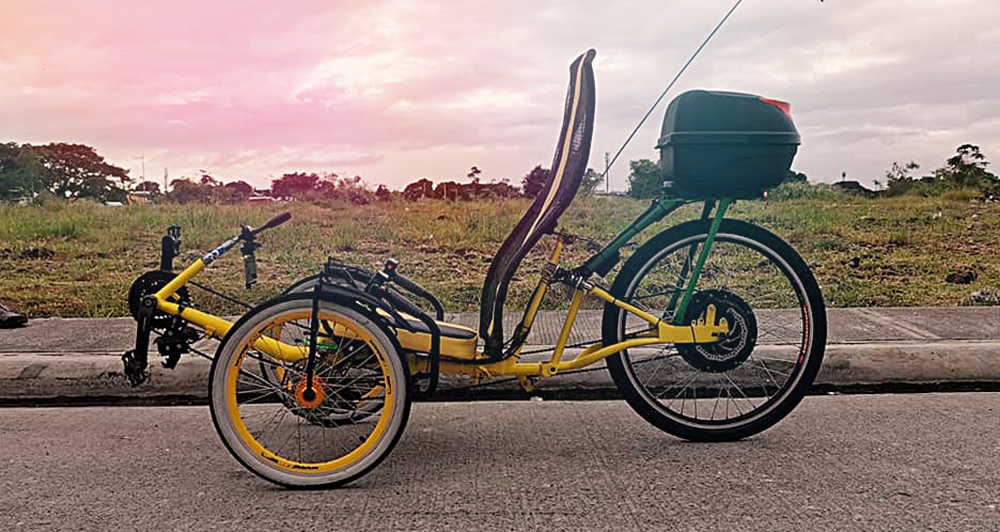
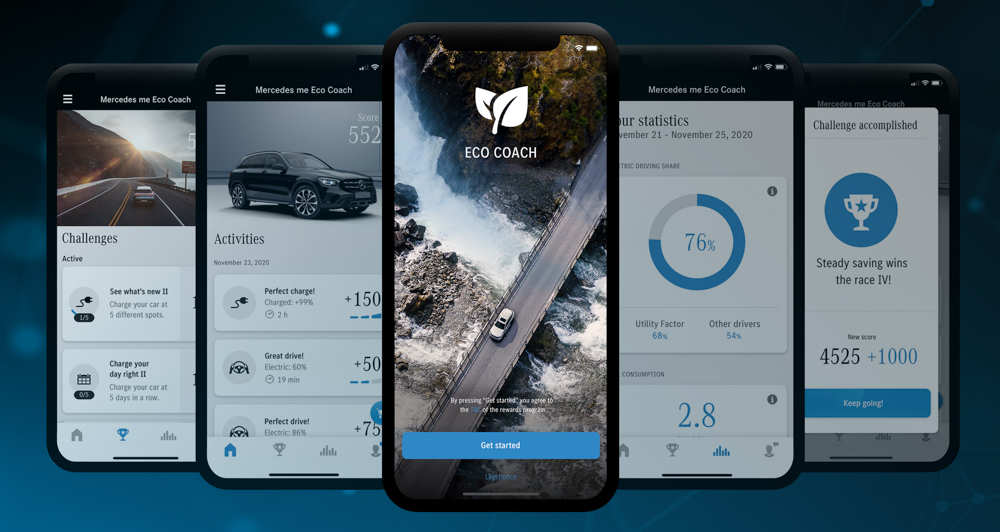
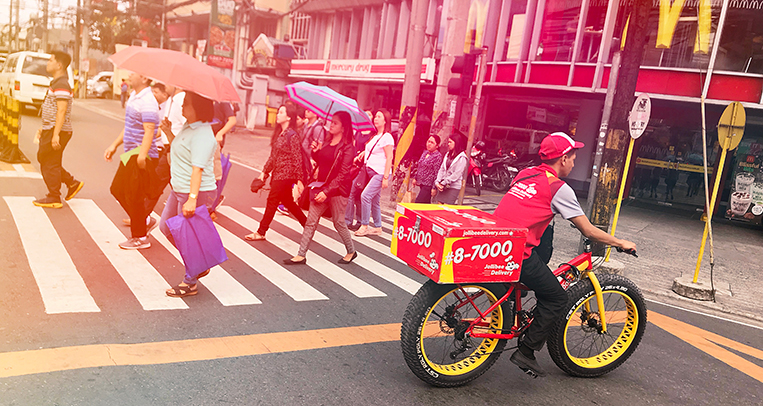

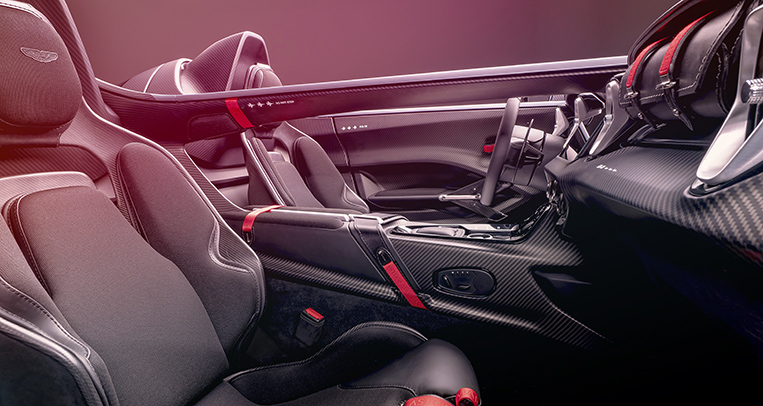





Comments